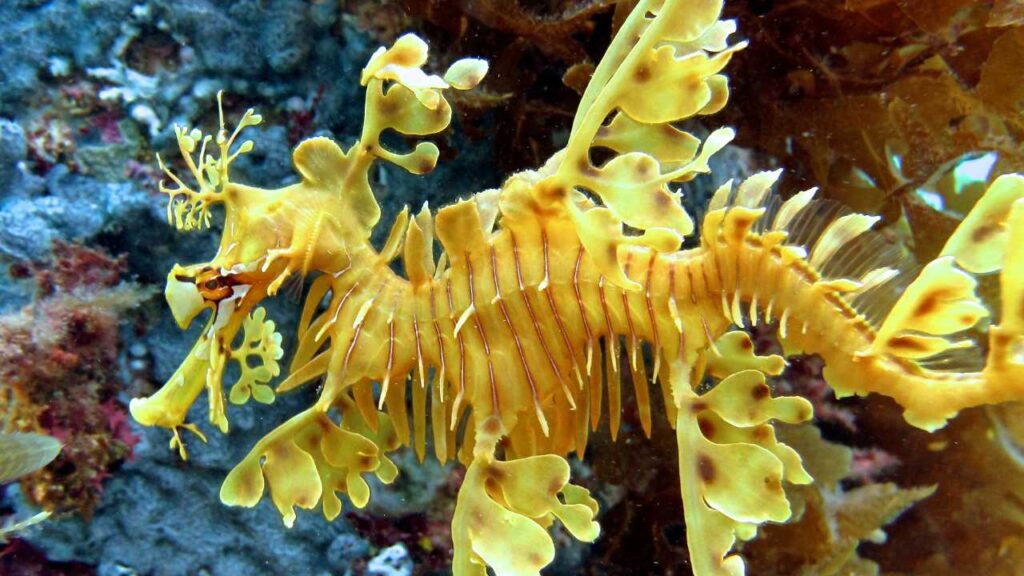The ocean is home to some of the most extraordinary creatures on Earth. Beneath the waves, creatures have evolved incredible abilities that seem straight out of a superhero comic. From fish that can generate electricity to shrimp that punch with the force of a .22 caliber bullet, these marine marvels push the boundaries of what we thought possible in nature. I’m in awe of the ocean. Below the surface is a vast and mysterious realm filled with wonders (and horrors that are wonders in their own special way).
Electric Eel
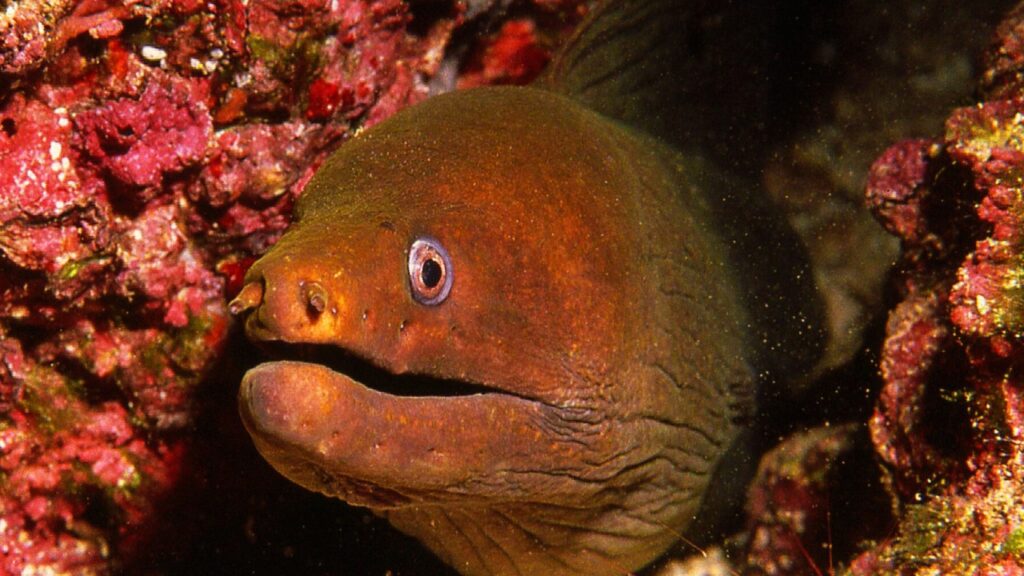
The electric eel is nature’s own living battery. This fish can generate electric shocks of up to 860 volts, enough to stun prey or deter predators. Despite its name, it’s not actually an eel but a type of knifefish. The electric eel uses its shocking ability not just for hunting and defense, but also for navigation and communication.
Mantis Shrimp
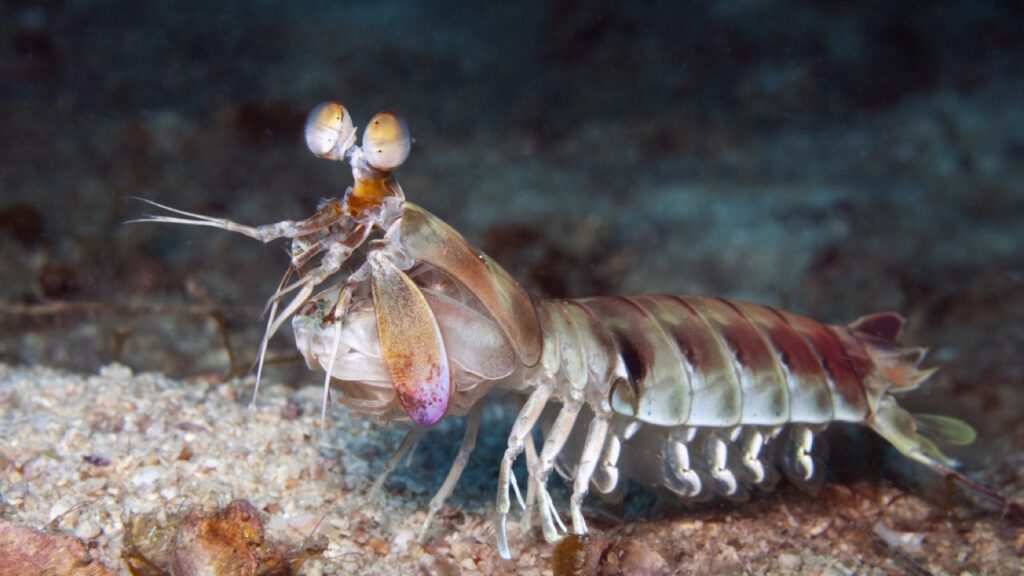
The mantis shrimp packs a punch that’s almost too fast to see. Its striking limbs accelerate with the same force as a gunshot from a twenty-two caliber rifle. These colorful crustaceans can smash through mollusk shells and even aquarium glass. Some species have excellent color vision, able to see polarized light and a rainbow of colors invisible to human eyes.
Mimic Octopus
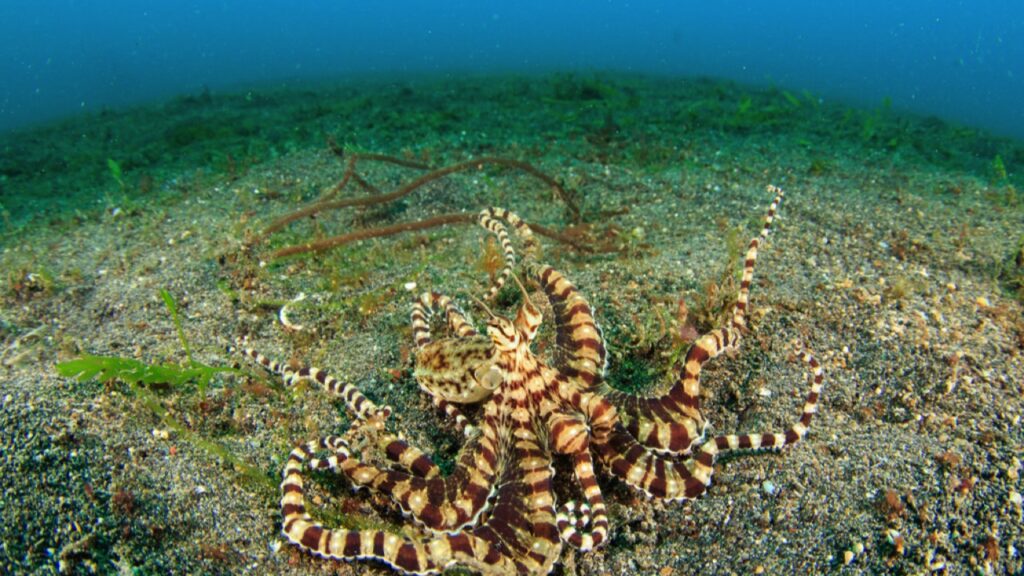
The mimic octopus is the master of disguise in the ocean world. It can change its color, shape, and behavior to imitate other sea creatures. This intelligent cephalopod has been observed mimicking more than 15 different species, including sea snakes, lionfish, and flatfish. Its incredible mimicry helps it avoid predators and sneak up on prey.
Immortal Jellyfish
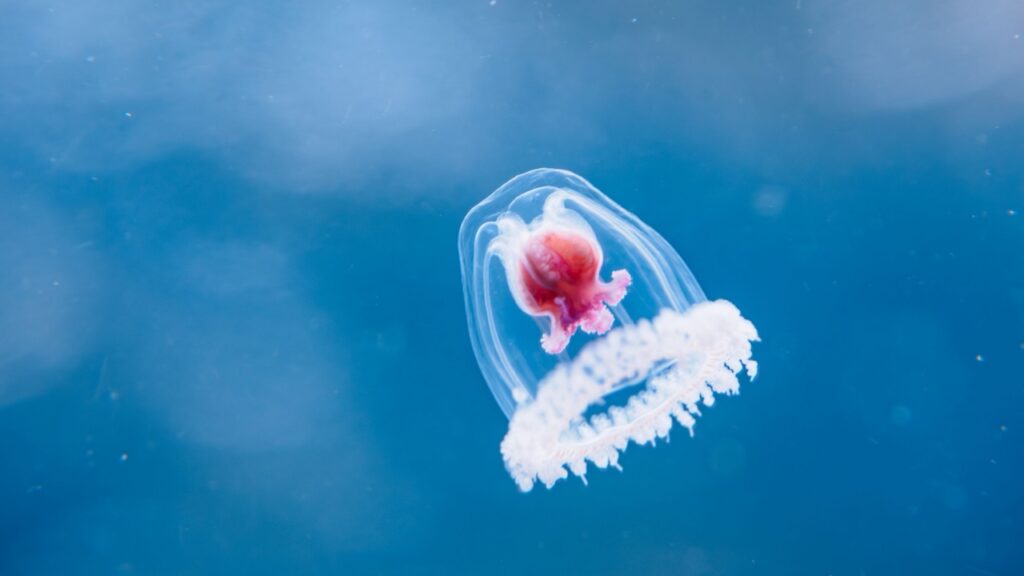
The immortal jellyfish seems to have found the fountain of youth. When threatened or injured, it can revert to its juvenile polyp stage and grow up all over again. This process, called transdifferentiation, allows the jellyfish to potentially live forever. Scientists are studying this amazing creature to better understand aging and regeneration.
Hagfish
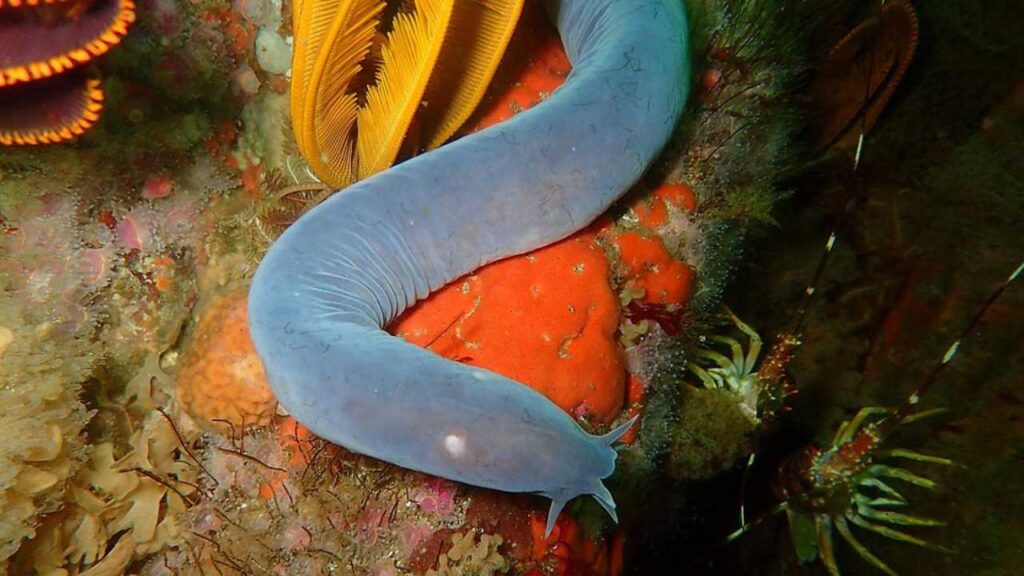
The hagfish is nicknamed the “slime eel” for good reason. When threatened, it can produce huge amounts of slime from glands along its body. This slime expands in seawater, choking would-be predators. A single hagfish can fill a five-gallon bucket with slime in minutes.
Pistol Shrimp
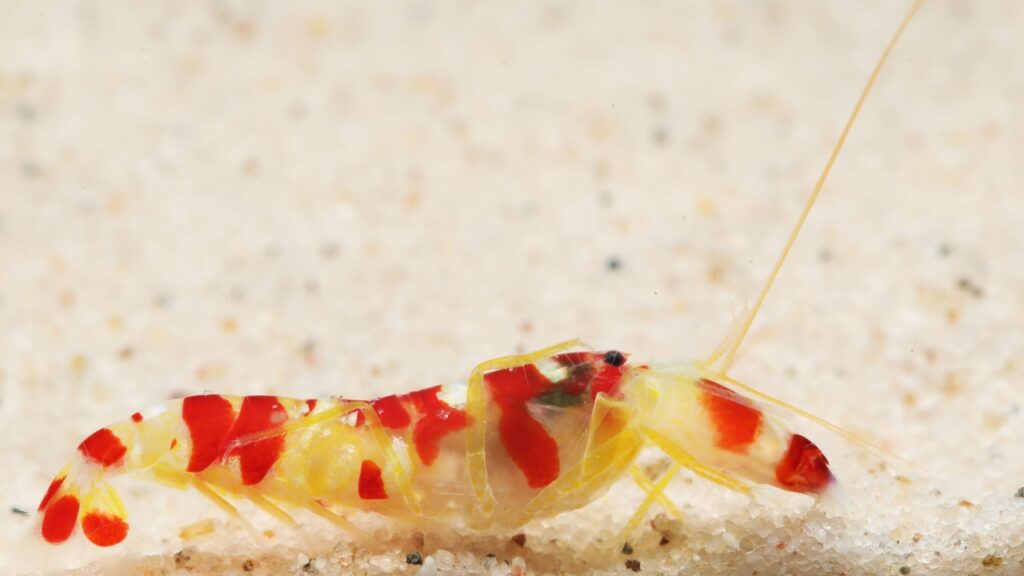
The pistol shrimp, also known as the snapping shrimp, has a claw that snaps shut so fast it creates a cavitation bubble. When this bubble collapses, it produces a loud snap and a flash of light. The resulting shockwave can stun or kill small fish. The pistol shrimp’s snap is so loud it can interfere with underwater communication and sonar.
Cuttlefish
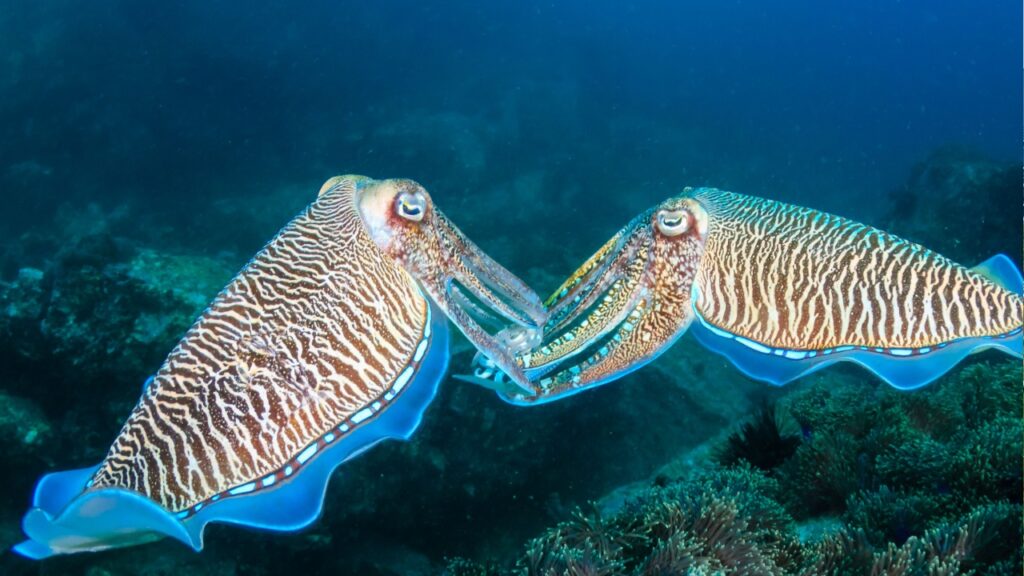
Cuttlefish are masters of camouflage, able to change color and texture in an instant. They use specialized cells called chromatophores to create complex patterns on their skin. Cuttlefish can even produce moving patterns to hypnotize their prey. Their unique w-shaped pupils give them excellent depth perception for hunting.
Anglerfish
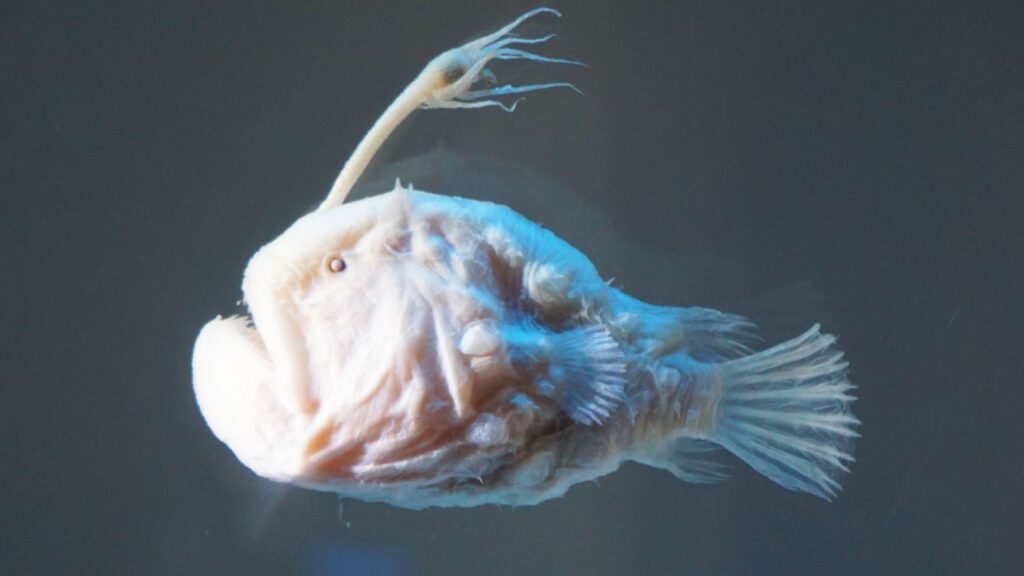
The female anglerfish carries her own fishing rod. She has a bioluminescent lure that dangles in front of her mouth, attracting prey in the dark depths. Male anglerfish are much smaller and fuse with the female’s body, becoming a permanent sperm supplier. This bizarre mating strategy ensures reproduction in the vast, dark ocean.
Archerfish
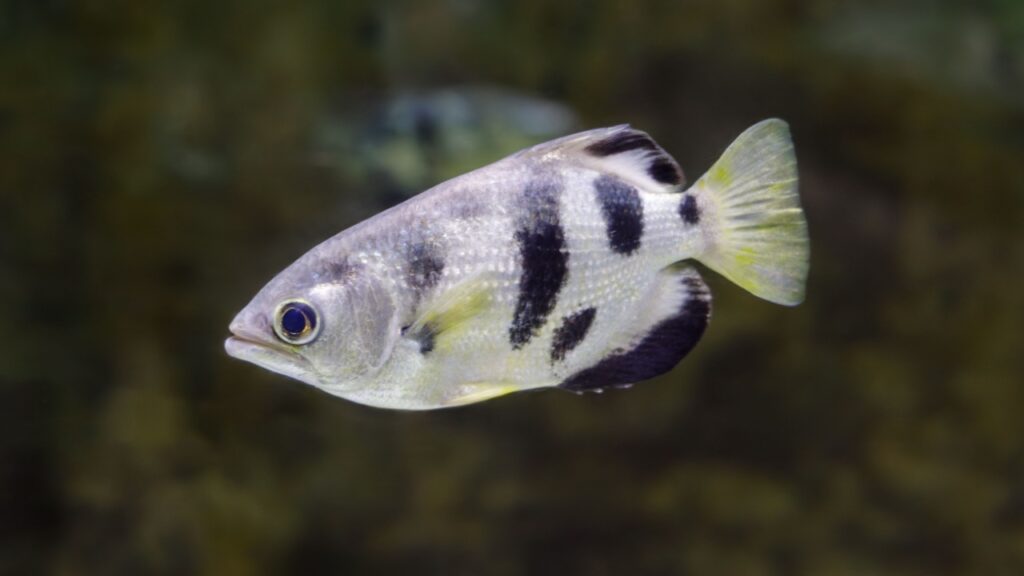
The archerfish is nature’s sharpshooter. It can shoot down insects above the water surface with a precise jet of water from its mouth. These fish can hit targets up to 1.5 meters away with incredible accuracy. They even account for light refraction when aiming at their prey.
Pufferfish
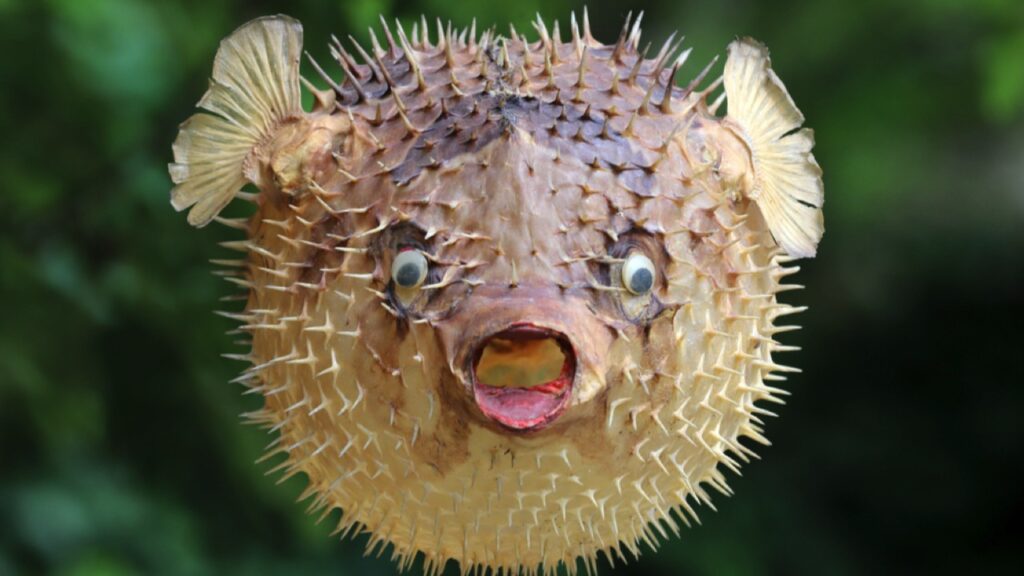
Pufferfish have a unique defense mechanism. When threatened, they can quickly inflate their bodies by swallowing water or air. This makes them much larger and difficult for predators to swallow. Many pufferfish species are also highly toxic, containing a poison called tetrodotoxin that’s deadlier than cyanide.
Axolotl
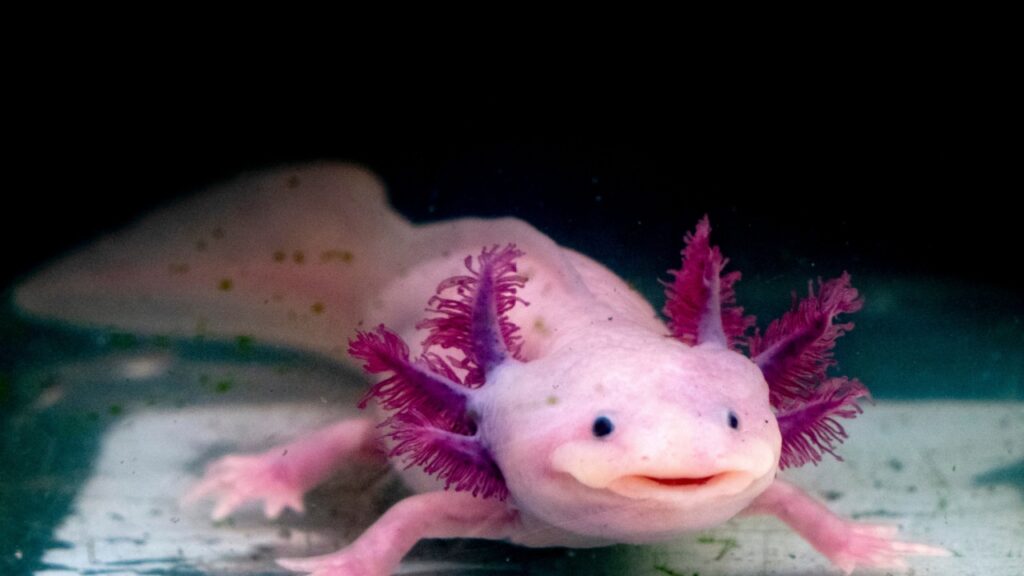
The axolotl, also known as the Mexican walking fish, has incredible regenerative abilities. It can regrow lost limbs, organs, and even parts of its brain. This salamander retains its larval features throughout its life, a trait called neoteny. Scientists study axolotls to understand tissue regeneration and potential applications in human medicine.
Boxfish
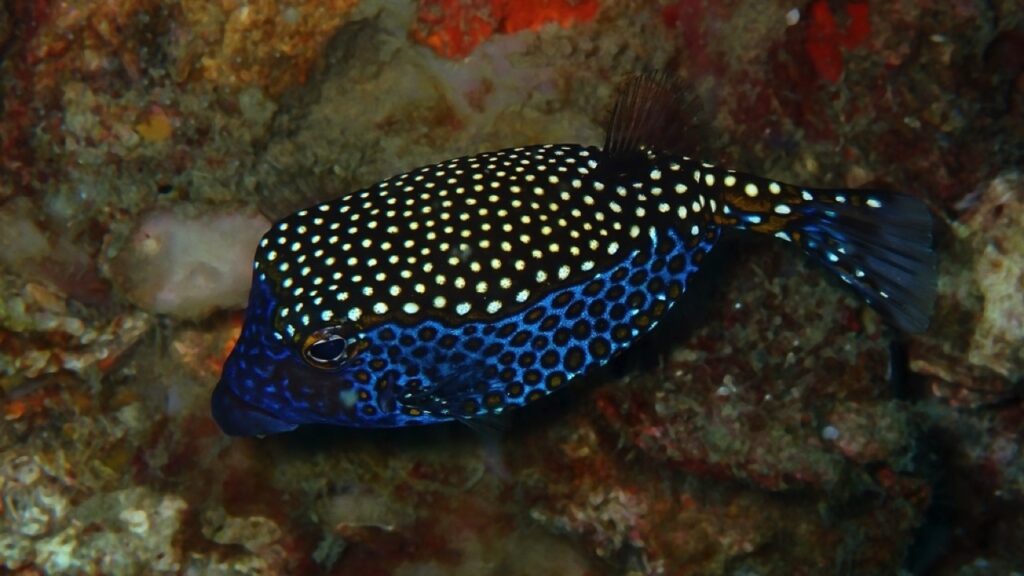
The boxfish looks cute but packs a secret weapon. When stressed, it releases a powerful toxin from its skin. This poison can kill other fish in the surrounding water. The boxfish’s boxy, armored body also provides protection from predators. Despite its rigid appearance, it’s a surprisingly agile swimmer.
Lanternfish
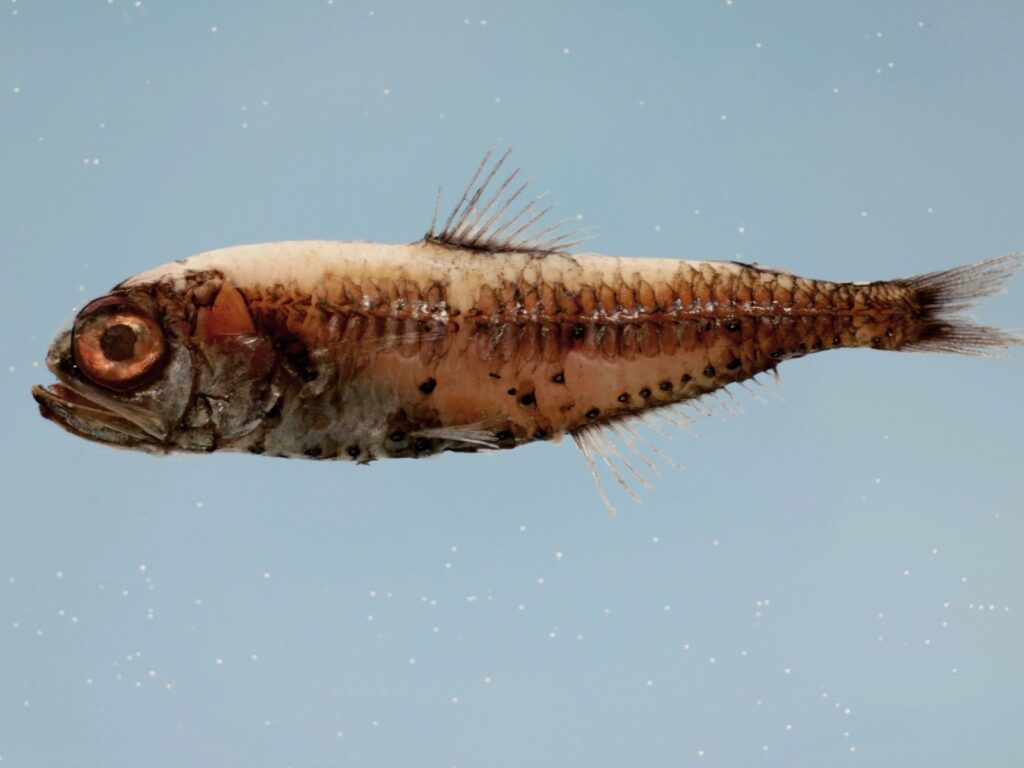
Lanternfish light up the deep sea with their bioluminescent organs. These small fish have light-producing photophores along their bodies. They use these lights for communication, camouflage, and attracting mates. Lanternfish are one of the most abundant vertebrates on Earth, playing a crucial role in the ocean’s food web.
Leafy Seadragon
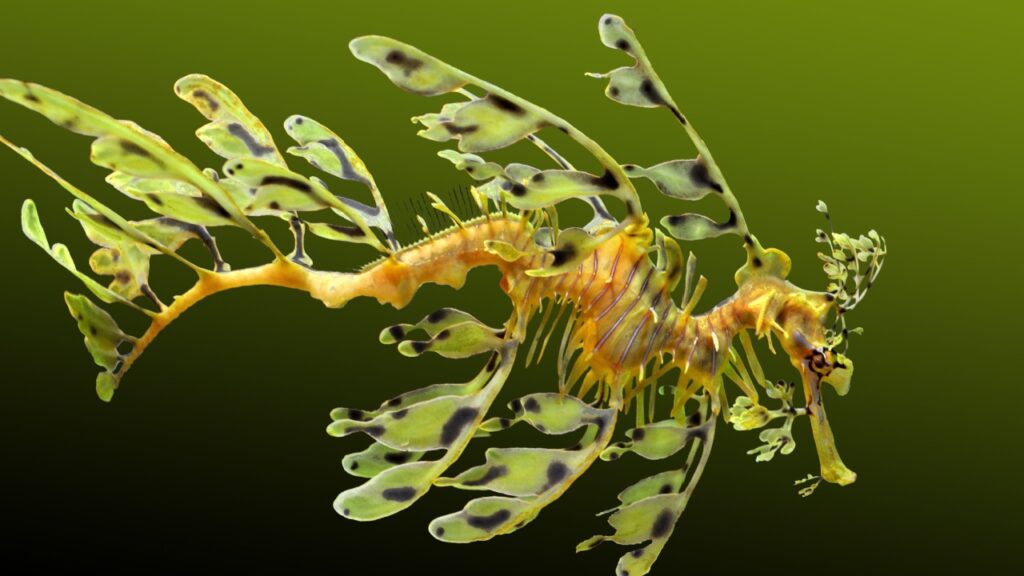
The leafy seadragon is a master of camouflage. Its body is covered in leaf-like appendages that help it blend in perfectly with seaweed. This relative of the seahorse can change color to match its surroundings. Unlike most fish, leafy seadragons use tiny, nearly invisible fins to propel themselves through the water.
Barreleye Fish
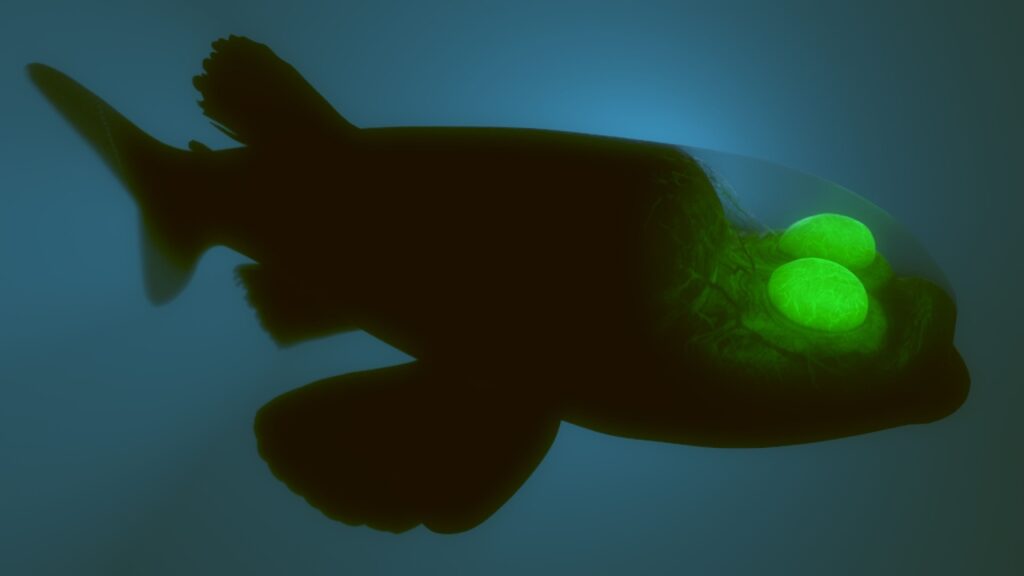
The barreleye fish, also called the spook fish, has a transparent head filled with fluid. Its tubular eyes can rotate inside this see-through dome, allowing it to look straight up or forward. This bizarre adaptation helps the barreleye spot prey or predators in the dark depths where it lives.

